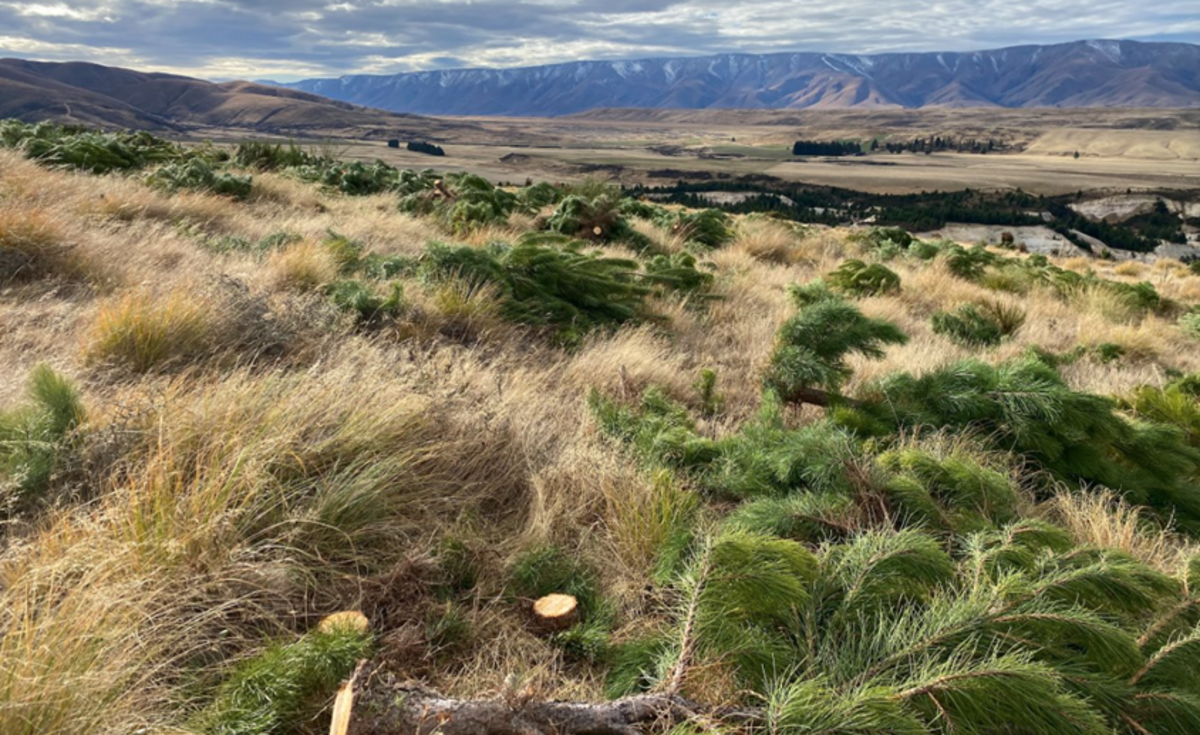Funding shortfall threatens wilding conifer control
Aimee Wilson
04 October 2024, 4:45 PM
 A successful wilding pine eradication project near St Bathans, thanks to the Central Otago Wilding Conifer Control Group. PHOTO: Supplied
A successful wilding pine eradication project near St Bathans, thanks to the Central Otago Wilding Conifer Control Group. PHOTO: SuppliedFunding cuts over the past two years has meant the Central Otago Wilding Conifer Control Group has had to defer 34 of its maintenance projects.
Project manager Pete Oswald spoke to the Otago Regional Council last week about the group’s progress, and while they have made huge gains over the past 10 years, lack of funding was putting the project at risk.
“If we fail, we stand to lose more than most other districts because of the vulnerability of our landscape to a dominance by conifer species.”
He said project complexity has increased as they get into the difficult areas remaining.
The implementation of long-term strategies has helped move these difficult areas forward.
The group has spent $363,435 in funding over the past year on 13 projects within Central Otago, including Loganburn and Contorta shelter belts in the Maniototo, and areas around St Bathans and Naseby.
A total of 5,811ha has been controlled, with 111,043 conifers destroyed in the operation.
Pete said as they continued to build a bigger picture of the wilding spread within the district, the issues have been worse than expected, due to numerous factors, including plantings reaching coning age, and an increasing vulnerability of landscapes to invasion.
“There remains a number of significant challenges that hinder progress such as a small handful of landowners not willing to do adequate control work or make the necessary contribution.”
But a good example of landowner co-operation was at Dunstan Burn where the landowner has moved away from a plan to let 250 hectares of previously logged wildings re-wild into conifers, and agreed on a plan to permanently convert to pasture capable of high stock pressure.
Pete said plantation forestry remained a source of wilding spread in many areas.
“Long distant spread due to periodic high velocity wind events appears to be underestimated by most and is a major problem in our district with its vast vulnerable landscapes.”
He said it appeared they were making significant gains with increasing awareness of the wilding conifer issue amongst the public.
“Any resistance observed has been in how wilding control should be done and not if it should be done.”
The group is hoping to secure an increase in baseline funding soon, so they can address the current challenges over time.


